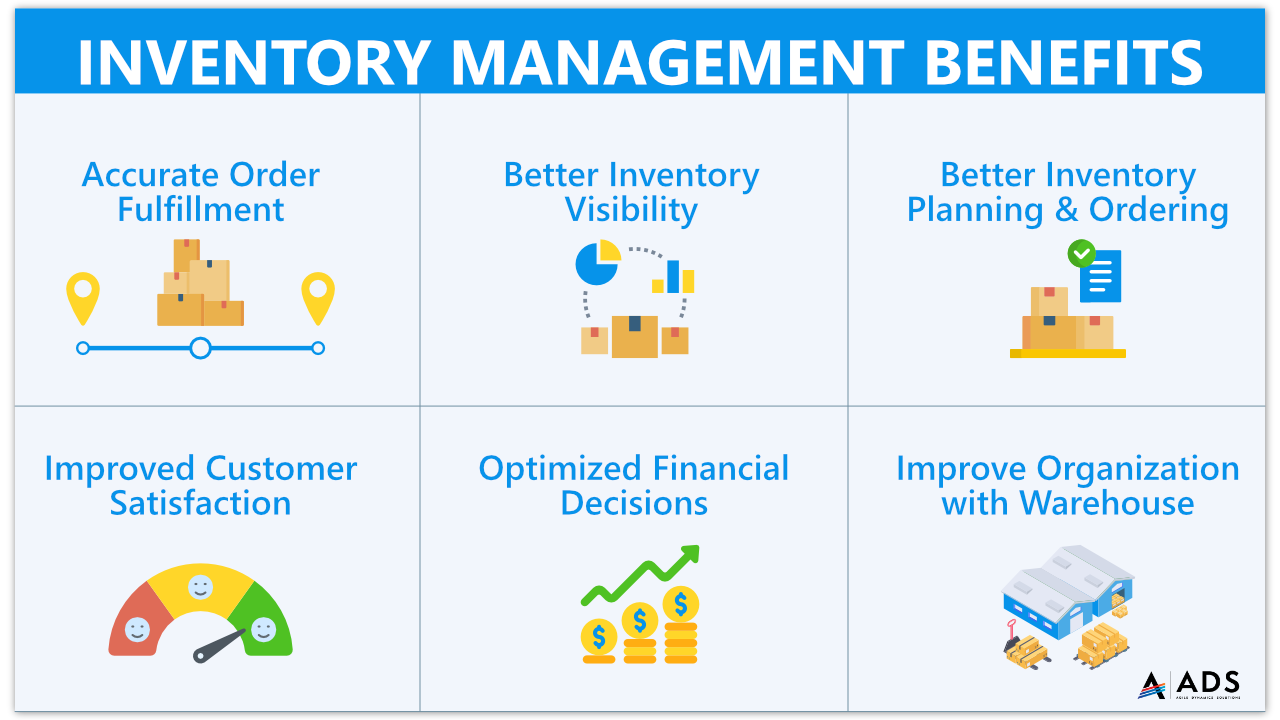Finding Harmony: Balancing Inventory and Finances
In the world of business, finding harmony between inventory and finances is crucial for sustainable growth and success. It’s no secret that managing inventory and finances separately can lead to costly mistakes and missed opportunities. That’s why integrated management is the key to achieving a seamless balance between these two essential aspects of your operations.
When it comes to inventory management, the goal is to have just the right amount of stock on hand at all times. Too much inventory ties up valuable capital and can lead to storage costs and obsolescence, while too little inventory can result in stockouts and lost sales. Finding that sweet spot requires careful planning and a deep understanding of your business’s needs and trends.
On the other hand, financial management involves tracking and optimizing the flow of money in and out of your business. It includes managing cash flow, monitoring expenses, and ensuring that your finances are in line with your overall business goals. Without a solid financial foundation, even the most successful businesses can quickly find themselves in trouble.
So, how can you find harmony between inventory and finances? The key is to integrate your inventory and financial management systems to create a holistic approach to your business operations. By aligning these two critical functions, you can make more informed decisions, reduce waste, and improve overall efficiency.

Image Source: adynamics.com.my
One way to achieve this integration is by using inventory management software that is seamlessly integrated with your accounting system. This allows you to track inventory levels in real-time, monitor sales trends, and make informed purchasing decisions based on your financial data. With this integrated approach, you can optimize your inventory levels to maximize profitability while minimizing the risk of stockouts or excess inventory.
Another important aspect of integrated management is forecasting. By analyzing historical data and market trends, you can create accurate projections for both inventory needs and financial performance. This allows you to plan ahead and make strategic decisions that will keep your business on track and ahead of the competition.
Furthermore, communication and collaboration between your inventory and finance teams are essential for achieving harmony in your operations. By breaking down silos and encouraging cross-departmental cooperation, you can ensure that everyone is working towards the same goals and objectives. This alignment is crucial for maintaining a balanced approach to inventory and financial management.
In conclusion, finding harmony between inventory and finances is essential for the long-term success of your business. By integrating your inventory and financial management systems, using data-driven forecasting, and fostering a culture of collaboration, you can achieve a seamless balance that will drive growth and profitability. So, embrace integrated management and take your business to new heights!
Mastering the Art of Integrated Management
In today’s fast-paced business world, the key to success lies in the ability to effectively manage both inventory and finances. Balancing these two aspects of a business can be a challenging task, but with the right strategies in place, it is possible to achieve a harmonious relationship between the two.
Integrated management is the practice of combining inventory management and financial management into a single cohesive system. By doing so, businesses can streamline their operations, reduce costs, and improve overall efficiency.
One of the first steps in mastering the art of integrated management is to implement a comprehensive inventory management system. This system should track the flow of goods in and out of the business, monitor stock levels, and provide real-time data on inventory levels. By having a clear understanding of what products are in stock and what needs to be ordered, businesses can avoid overstocking or running out of essential items.
In addition to managing inventory effectively, businesses must also pay close attention to their finances. This includes tracking expenses, monitoring cash flow, and analyzing financial data to make informed decisions. By having a solid grasp of their financials, businesses can better allocate resources, invest in growth opportunities, and maintain profitability.
One of the key benefits of integrated management is the ability to make data-driven decisions. By combining inventory and financial data, businesses can gain a comprehensive view of their operations and identify areas for improvement. For example, by analyzing inventory turnover rates alongside profit margins, businesses can determine which products are the most profitable and adjust their inventory levels accordingly.
Another important aspect of mastering integrated management is communication. It is essential for teams responsible for inventory management and financial management to work together closely and share information regularly. By fostering collaboration between these two departments, businesses can ensure that decisions are made with a full understanding of the impact on both inventory levels and finances.
Furthermore, businesses can leverage technology to streamline their integrated management processes. Inventory management software can automate tasks such as inventory tracking, order management, and reporting, freeing up time for employees to focus on strategic decision-making. Similarly, financial management software can provide real-time insights into cash flow, expenses, and profitability, enabling businesses to make informed decisions quickly.
Ultimately, mastering the art of integrated management requires a combination of strategic planning, effective communication, and the right tools and resources. By balancing inventory and finances effectively, businesses can achieve greater efficiency, reduce costs, and drive profitability. Integrated management is not just a practice – it is a mindset that can transform the way businesses operate and set them up for long-term success.
Integrating Inventory Management with Financial Planning